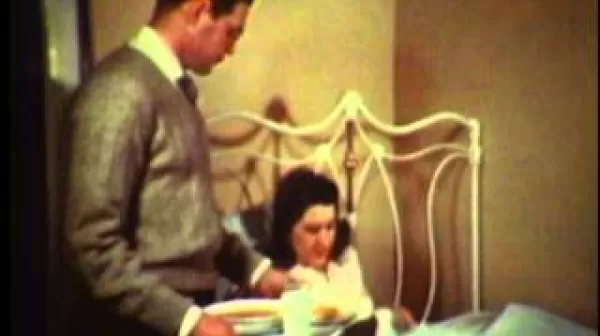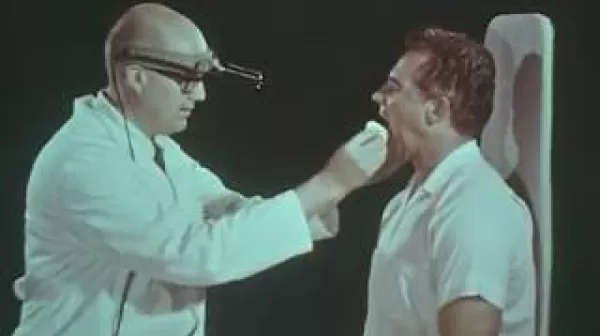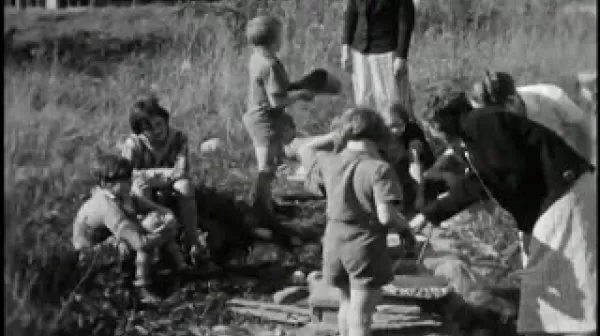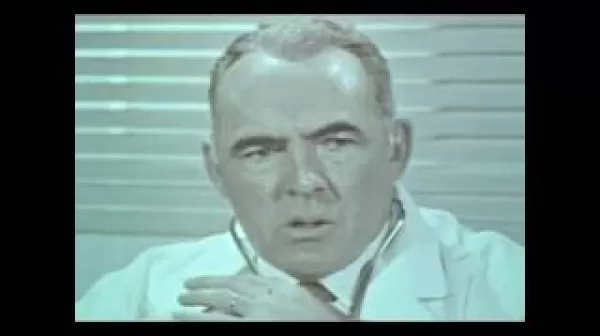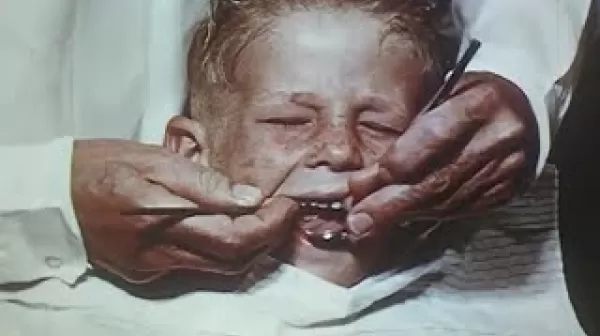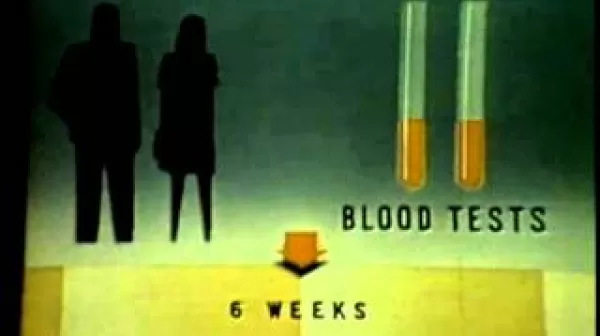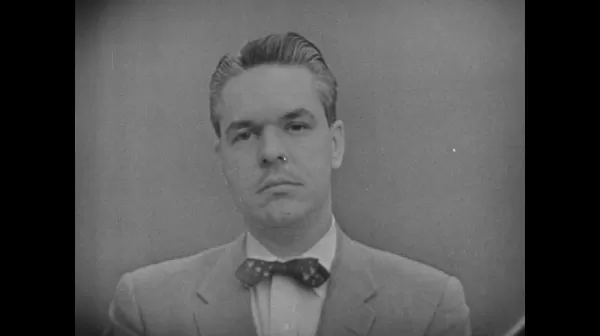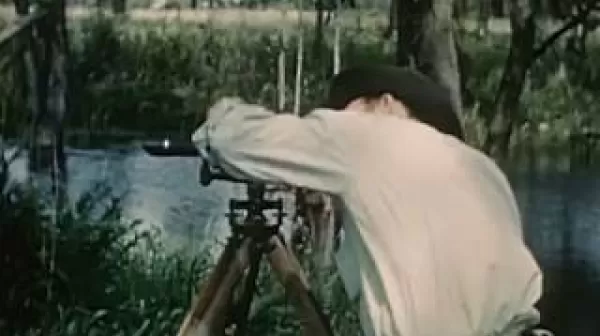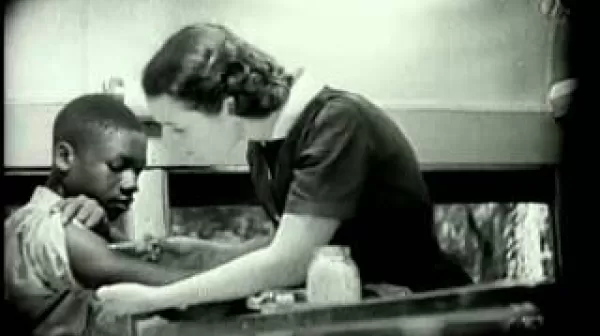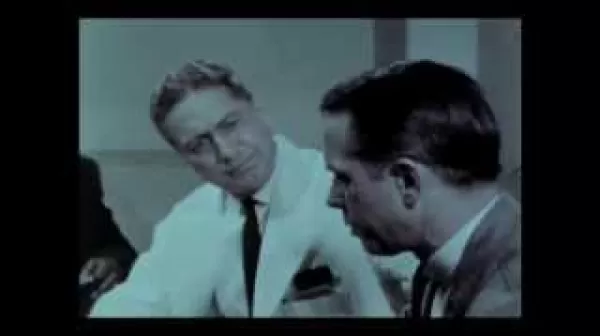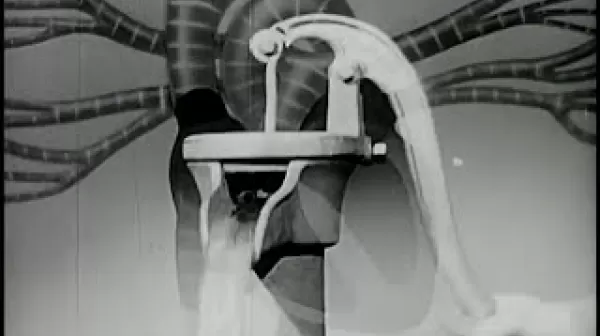Peter Borik: The Story of the Tragedy he Brought his Family (Michigan Tuberculosis Assn, 1944)
Historical Audiovisuals from the National Library of Medicine Tuberculosis (TB), while rare in the United States today, remains a potent killer in developing nations. In the U.S. in the mid-20th century, the impact of TB was real and devastating. In this 1944 film, farmer Peter Borik has tuberculosis but refuses to be treated in a sanatorium. He remains bedridden at home, where no precautions are taken against the spread of infection. Both his daughters contract TB, and one dies.

